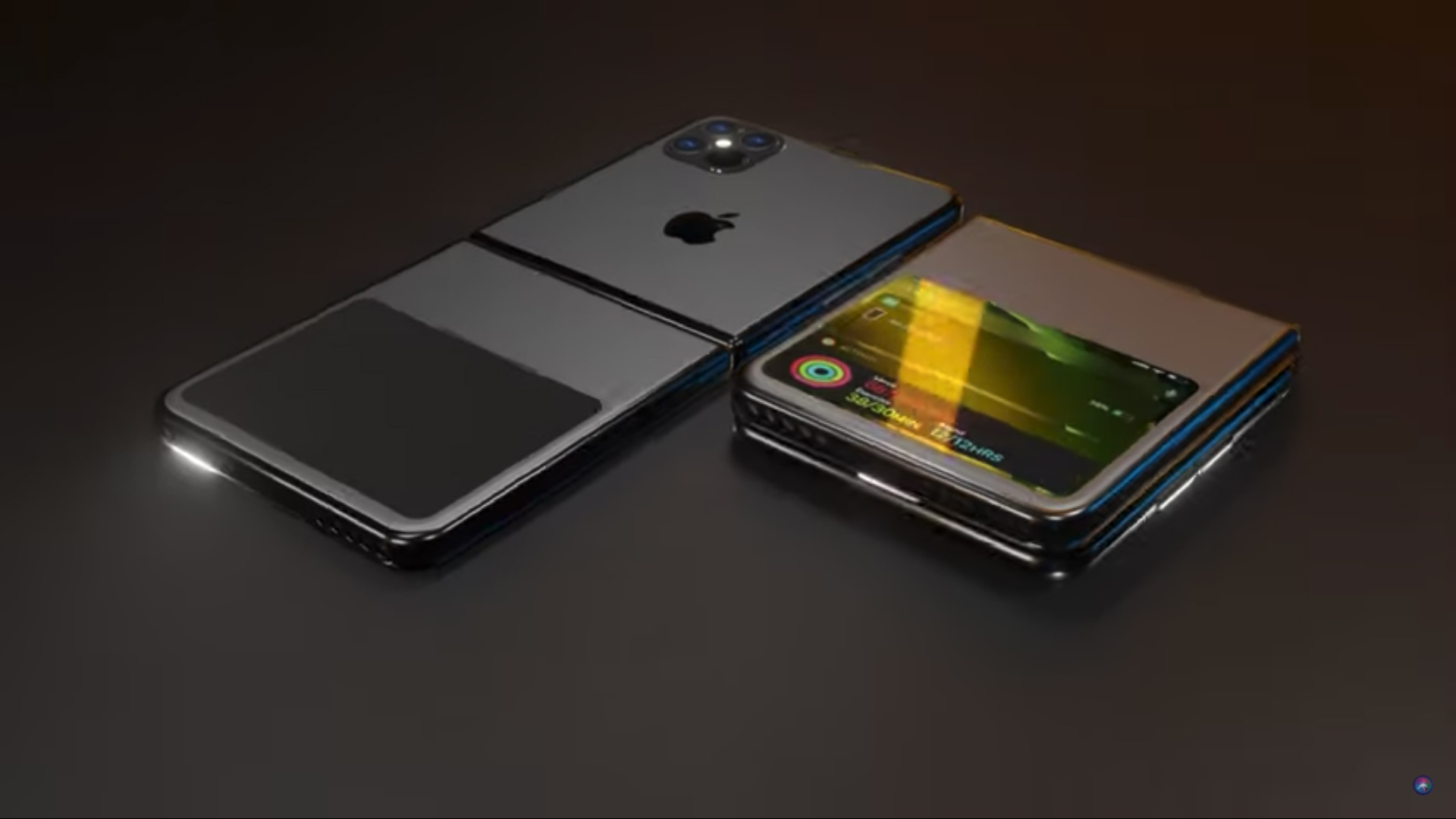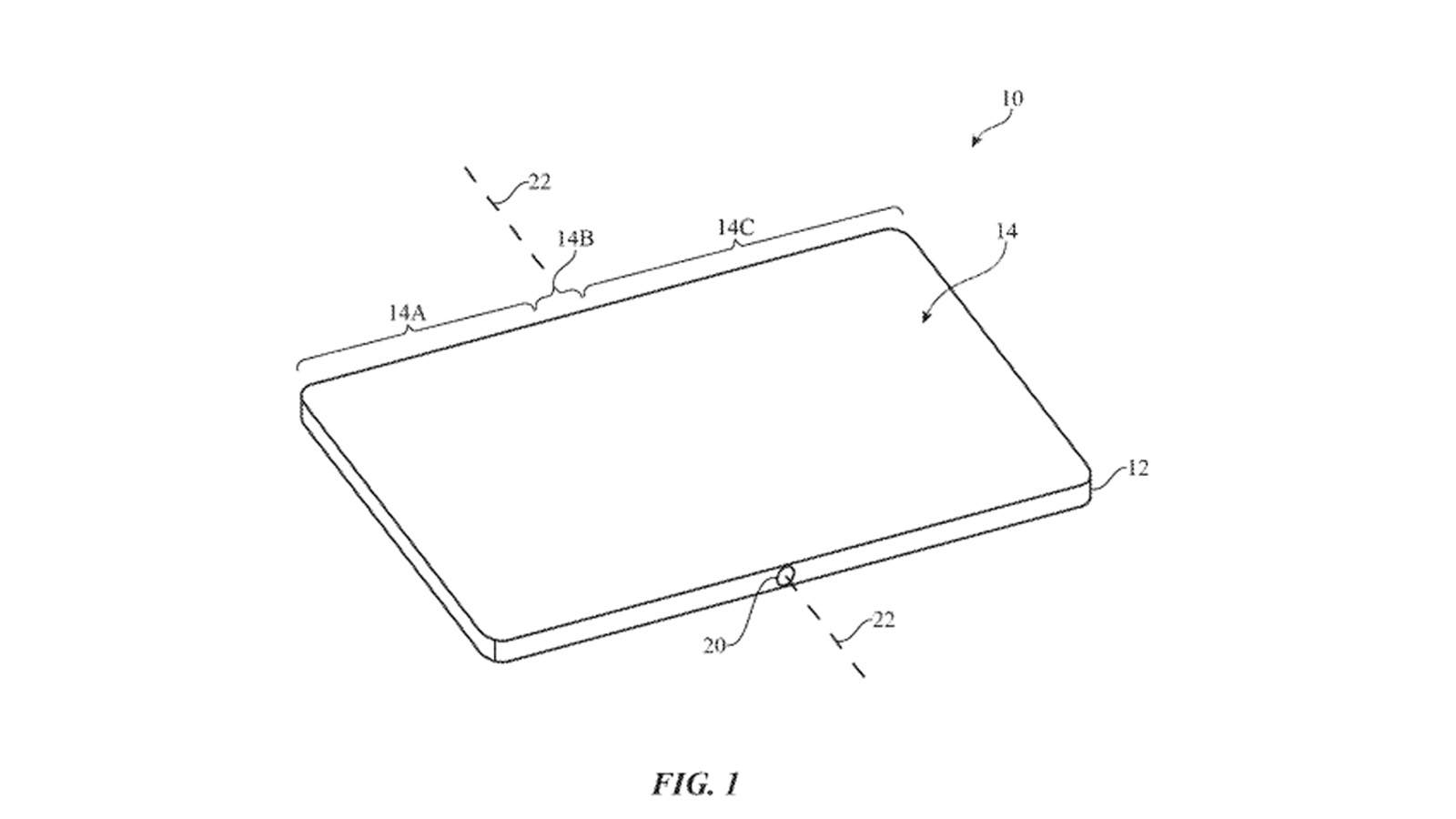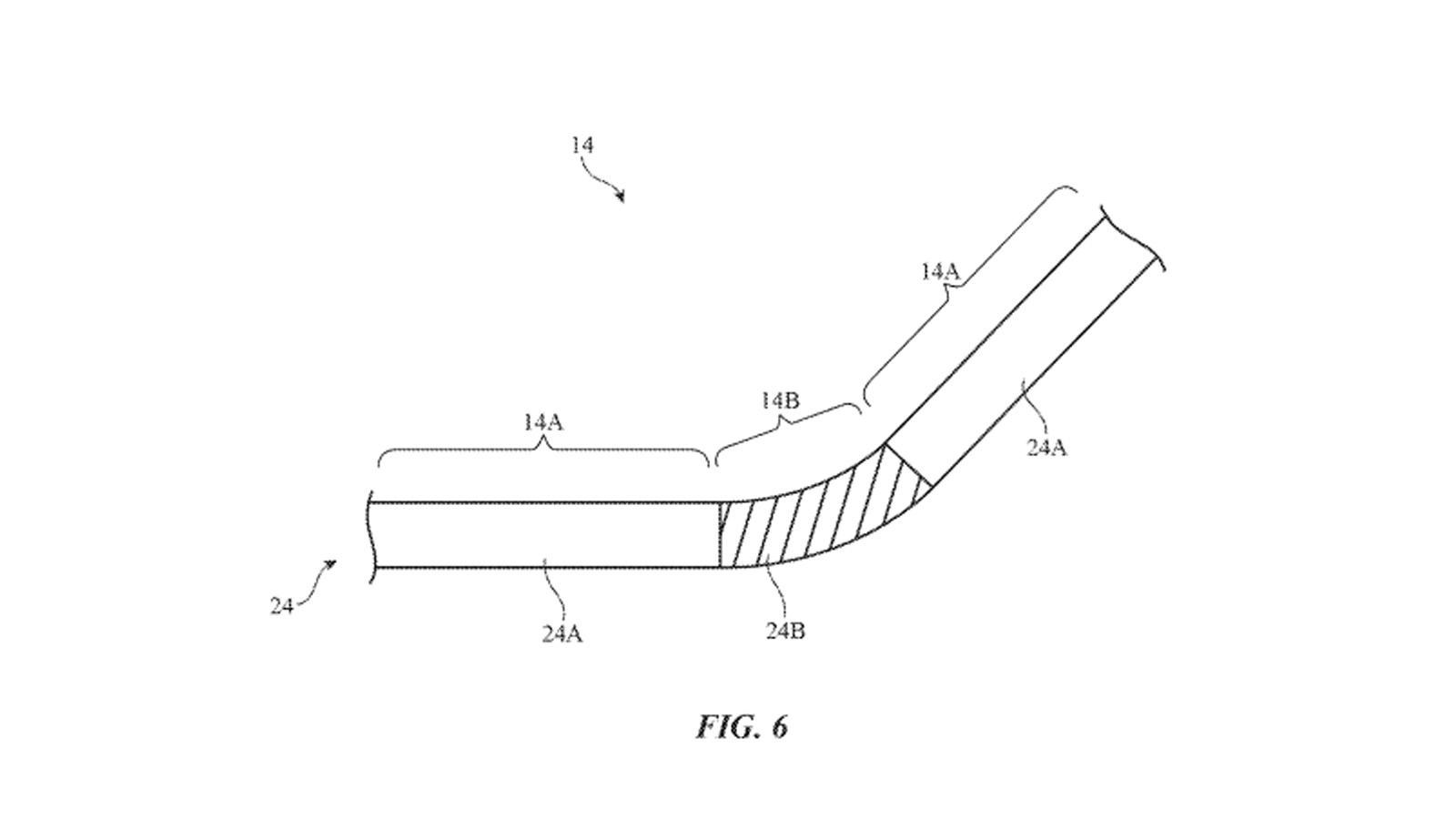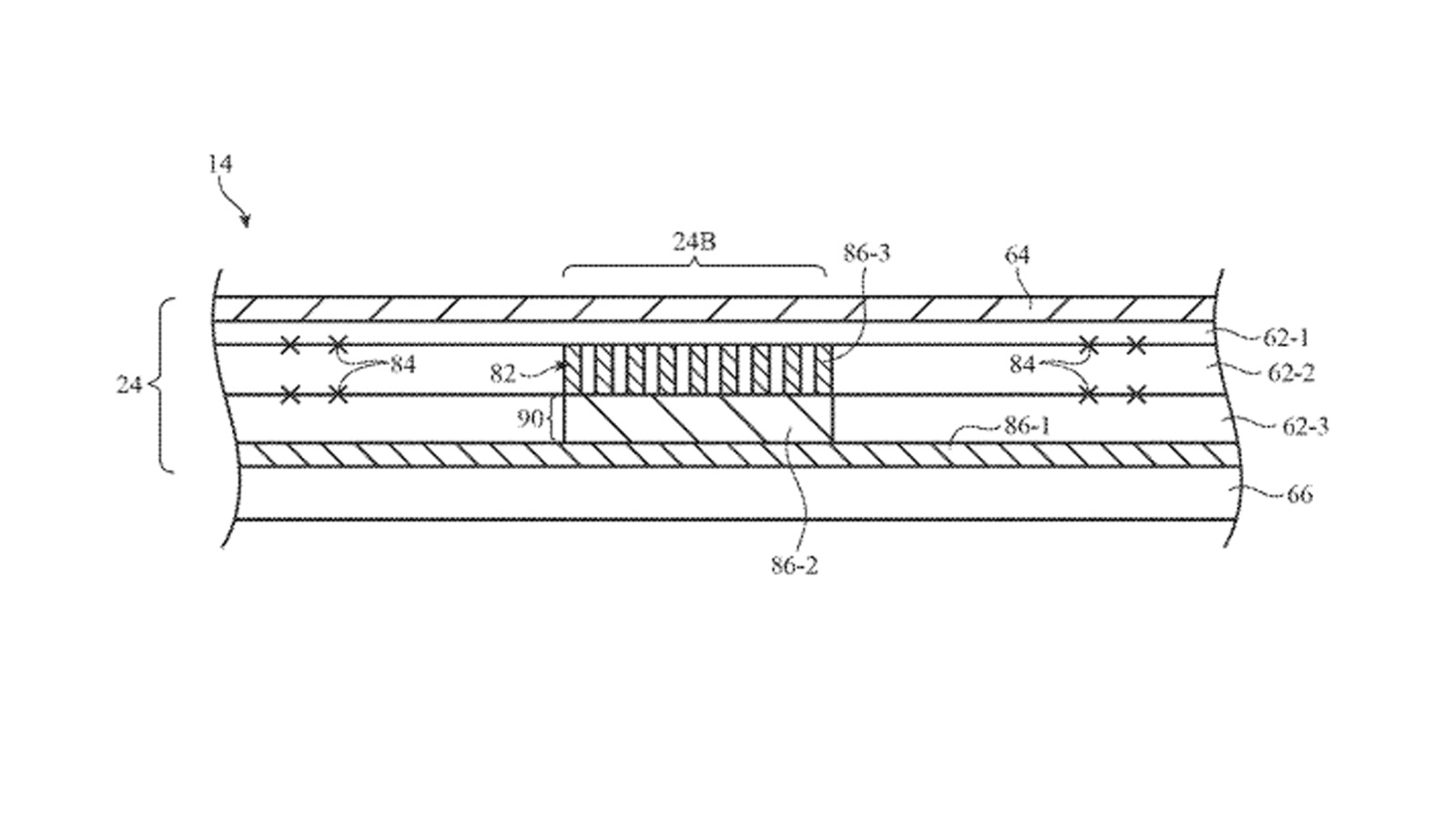Forget iPhone 12 — the iPhone Flip could repair itself
iPhone Flip's display will be amazing — and not just because it folds

When Apple's rumored foldable iPhone Flip phone finally appears, it could have a self-repairing display to get rid of those annoying scratches and mark on your screen.
According to a patent found by AppleInsider, this display could be used on a number of different mobile devices, from smart watches to laptops, or even for non-foldable devices. But the most obvious usage, and the one the patent spends the most time on, is a foldable phone.
- iPhone Flip: Everything we know about Apple's foldable phone plans
- See what's rumored for Apple's next phone, the iPhone 12
- Just in: iPhone 12 speed just revealed - and it destroys all Android phones
In the patent "Electronic Devices With Flexible Display Cover Layers," Apple details a display made of two fixed panels joined by a flexible one in the middle, potentially using elastomer parts. But more interesting is the mention of a "self-healing material" layer, which would cover the other layers and minimize the appearance of scratches and dents in the flexible area or the whole display.

Because foldables can't use the normal toughened glass outer layer that fixed phones do, they're more liable to be damaged by normal use or debris. Even if this doesn't stop the phone's touchscreen from working, it still makes your very expensive device look less than its best.
The patent also suggests using light, heat or other stimuli to make the layer to reform instead. In the case of using heat, the phone could use a layer of heating elements running through the display that will activate when the phone is charging or switched on manually by a user. You won't find a lot of specific detail on how exactly this system works, but it would certainly be useful to have this layer on a folding iPhone.

The patent isn't specific about how the phone would fold either. While we'd expect the phone to fold screen-in, like the Galaxy Z Flip 5G or Motorola Razr, the patent also mentions the display being visible around the outside of the folded device. This has been done before, for example by the Huawei Mate X and Mate Xs or the Royole FlexPai, but it's a lot less common, in part because there's a greater risk of damaging the display.

Because patents are just for reserving ownership of a design, there’s no way to confirm if any future product would use this tech. Hoping it’ll become reality isn’t unreasonable though, as the numerous patents Apple has already filed relating to foldable devices seem to suggest we’ll get a foldable iPhone sooner or later.
Sign up to get the BEST of Tom's Guide direct to your inbox.
Get instant access to breaking news, the hottest reviews, great deals and helpful tips.
In the meantime, we can look forward to the iPhone 12 instead. It can’t fold, but it will have 5G, three new size options and some new photography tricks thanks to a LiDAR sensor on the two Pro models. We're expecting it to launch as soon as October 13, which is the rumored date of the next big Apple event.

Richard is based in London, covering news, reviews and how-tos for phones, tablets, gaming, and whatever else people need advice on. Following on from his MA in Magazine Journalism at the University of Sheffield, he's also written for WIRED U.K., The Register and Creative Bloq. When not at work, he's likely thinking about how to brew the perfect cup of specialty coffee.
